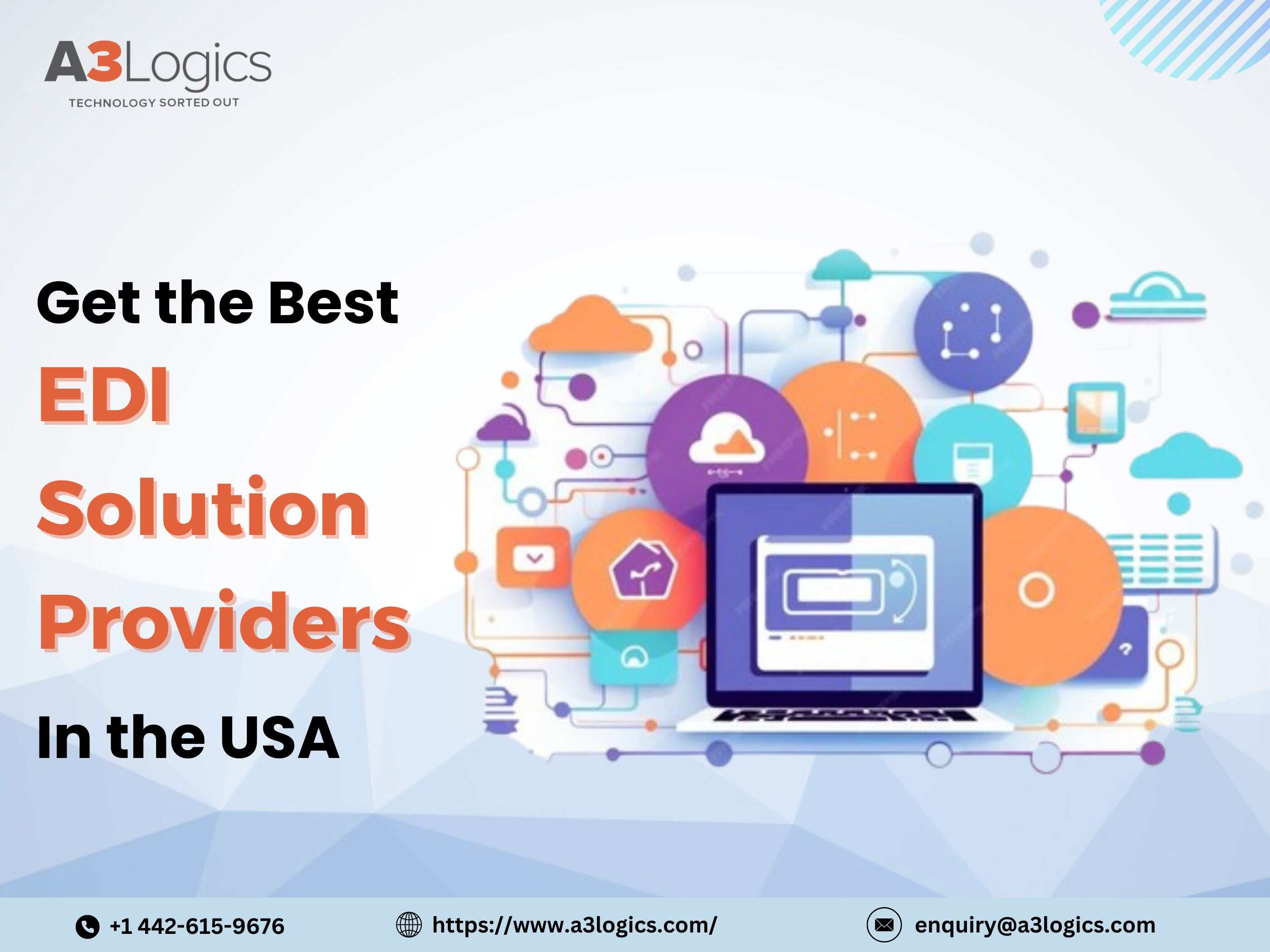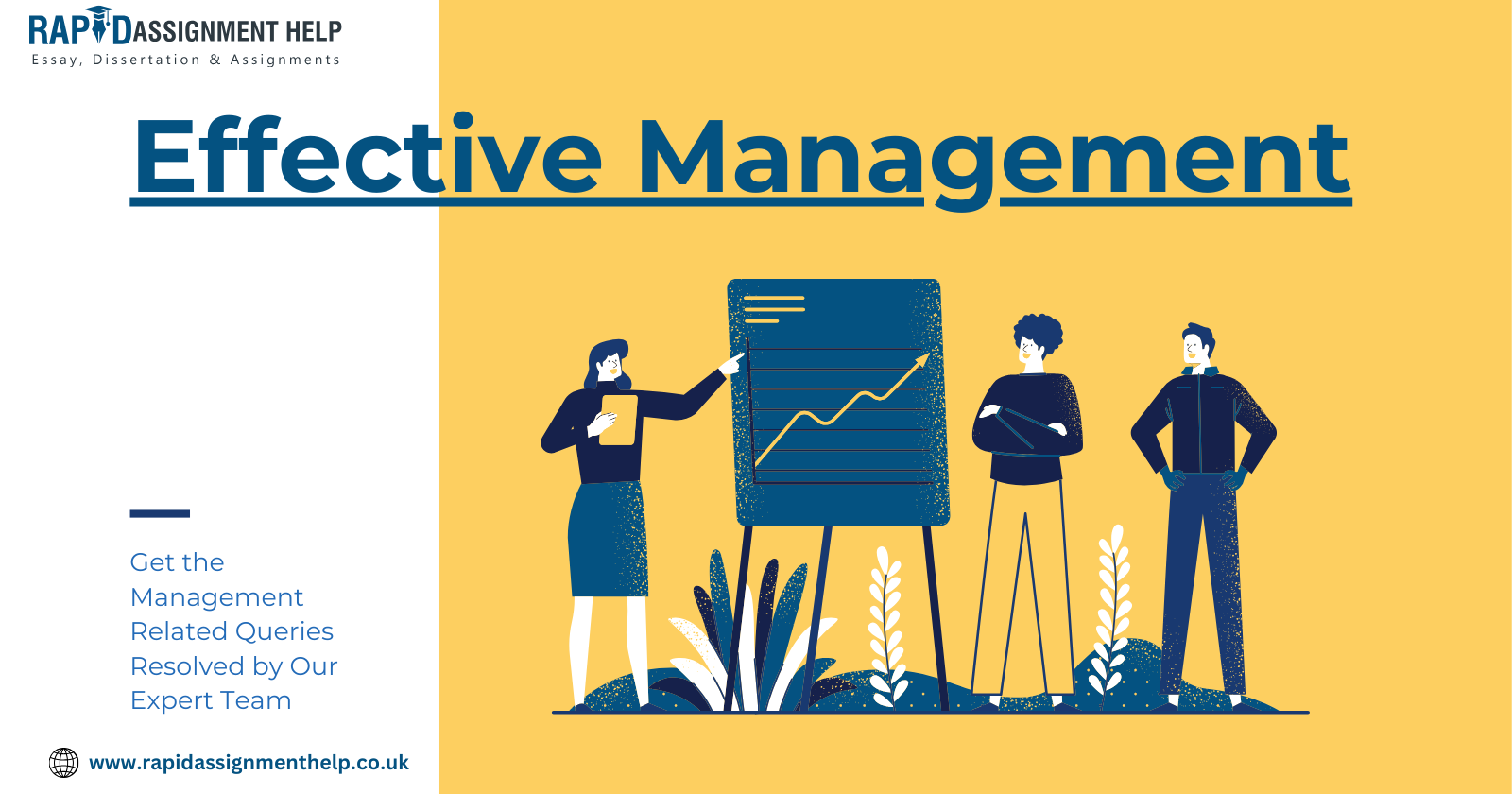Migrating to a New EDI Provider? Here's What to Expect

Strong 8k brings an ultra-HD IPTV experience to your living room and your pocket.
So, you’re thinking about switching your EDI provider?
Maybe your current system isn’t keeping up with your business needs, or you’ve found a solution that promises to streamline your operations even further.
Whatever your reason, migrating to a new EDI provider doesn’t have to be a daunting task.
It can actually be an exciting opportunity to enhance your business processes and improve efficiency. Let's walk through everything you need to know about this transition.
What is EDI Migration?
Before we dive into the details, let’s quickly break down what EDI migration is.
Electronic Data Interchange (EDI) is the exchange of business documents (like invoices, purchase orders, and shipment notices) in a standardized electronic format between organizations.
Migration, in this case, refers to moving from one EDI solution or provider to another.
It might seem a complex task at first, but it can be done smoothly if you have the right plan and support in place.
Think of it as upgrading your old software to a newer, faster version- except you’re doing it for all your business data.
Why Your Business Might Need a New EDI Provider?
You might be asking, “Why bother switching my EDI provider?” Well, there are a few reasons why businesses make this move.
It’s not just about switching for the sake of change- it’s about growth, efficiency, and cost-effectiveness.
1. Better Features and Capabilities
As your business evolves, so do your needs.
Your current EDI solution might not offer the features or capabilities necessary to support your expanding operations.
A new provider might provide access to better automation, real-time data, or more advanced integrations. Plus, the ability to scale without hitting a wall is a major advantage in today’s competitive business environment.
When you look at new EDI solutions, you’re ensuring that you stay ahead of the curve and are equipped to handle future demands.
2. Cost Savings
While it may feel like a big investment to switch providers, the right solution could help you save money in the long run.
If your current provider’s pricing structure is too expensive or doesn’t align with your business needs, it may be time to look for a more affordable option.
Managed EDI services often offer flexible pricing models that allow you to pay for only what you need, making your operations more cost-effective.
3. Improved Performance
Does your current EDI system feel slow or unreliable?
A switch to a new provider might give you faster processing times, better uptime, and more reliable connections. Think of it as no longer having to deal with system outages or delays in receiving critical information. This will give your team more time to focus on what matters most: growing your business.
4. Better Customer and Technical Support
One of the biggest pain points with many EDI providers is poor customer service. If your provider isn’t available when you need them, it can be frustrating and costly. A provider that offers flawless services can help ensure that your business runs smoothly.
Quick resolutions to issues and hands-on support are essential to keep things moving without a hitch.
Important Factors to Consider for EDI Provider Migration
Now that you’ve decided to migrate, let’s dive into the important factors you should consider when choosing a new provider.
Taking the time to evaluate these aspects will save you headaches later.
1. Data Integrity and Accuracy
Migrating to a new EDI provider involves transferring your business data, so it’s crucial to ensure that the integrity and accuracy of this data are preserved.
You don’t want any lost or corrupted files during the transfer. To avoid this, make sure your new provider has robust processes in place for validating data during migration. Testing and reviewing the accuracy of data transfers before fully switching over is key.
2. System Compatibility
Think about all the systems you currently use- your accounting software, order management systems, ERP tools, etc.
Will your new EDI solution integrate seamlessly with these existing systems? If the answer is no, the transition could be far more complicated than you anticipated. Make sure the new provider offers solutions that integrate smoothly with your tech stack, saving you time and resources in the long run.
3. Training and Onboarding
A new system can be a challenge for your team to learn, especially if it’s more complex or has a completely different interface than what they’re used to.
That’s why it’s crucial to choose a provider who offers comprehensive training and onboarding to get your team up to speed quickly. Ideally, they should also provide services to support you during this learning curve.
The quicker your team gets comfortable with the new system, the sooner you can start seeing the benefits.
4. Downtime Considerations
The last thing you want during an EDI migration is prolonged downtime that affects your ability to process orders, track shipments, or send invoices.
It’s important to discuss with your new provider how they plan to minimize downtime during the switch.
Make sure they have a clear strategy for migrating your data with little disruption to your day-to-day operations.
How to Select the Right EDI Migration Provider?
Choosing the right EDI migration provider is arguably the most important step in ensuring a smooth transition. Here’s how you can select the best option for your business:
1. Reputation and Reliability
First, look at the provider’s track record.
Do they have experience in your industry? If they have helped businesses similar to yours with successful migration, they can be your go-to partner. Check online reviews and ask for references to ensure you’re working with a provider that has a reputation for delivering high-quality EDI solutions and services.
2. Flexibility and Customization
Your business is unique, and so are your needs.
The provider you choose should offer a solution that’s flexible enough to meet your specific requirements. Look for a provider who can tailor their services to fit your business model and provide personalized support.
This way, you’ll be sure the solution is built with your growth in mind.
3. Customer Support
A provider that offers excellent customer support is non-negotiable.
You need a partner who will be there when you have questions or need help solving a problem. Make sure your potential provider offers 24/7 support and has a reputation for being responsive and helpful.
Having EDI support services that are reliable and available will give you peace of mind.
4. Security and Compliance
EDI systems handle sensitive business data, so security should be a top priority.
Your new provider should comply with the necessary security standards and regulations for your industry. Look for providers who offer encryption, secure data transfer protocols, and data backup solutions to protect your information from any threats.
5. Cost-Effectiveness
While the upfront cost of migrating to a new provider can be significant, make sure you’re getting value for your investment.
Compare pricing models between providers, but also keep in mind the long-term benefits.
A solution that’s more affordable upfront might not always be the best choice if it compromises your business’s efficiency or scalability.
The Future of EDI Migration: What’s Next?
As technology continues to evolve, so will the world of EDI migration. In the future, we can expect more cloud-based solutions that offer greater scalability and flexibility.
These solutions will enable businesses to handle larger volumes of transactions without compromising performance. Moreover, advancements in automation and artificial intelligence will likely make EDI systems smarter.
This will lead to quicker processing, better error detection, and more efficient document management. Integration with other business technologies like blockchain will also increase, making EDI even more secure and reliable.
Businesses that adopt modern, cloud-based EDI services will be better equipped to adapt to these changes and stay ahead of the competition.
Conclusion
Migrating to a new EDI provider can feel like a big step, but with the right strategy, it can lead to greater efficiency, cost savings, and scalability for your business.
When evaluating potential providers, focus on factors like data integrity, system compatibility, training, and customer support.
With the right support services in place, you can ensure a smooth and successful transition to a new system.Remember, it’s not just about switching to a new provider-it’s about upgrading your entire business process.
By making the right choice, you’ll be setting yourself up for long-term success and positioning your business to thrive in an increasingly digital world.
Note: IndiBlogHub features both user-submitted and editorial content. We do not verify third-party contributions. Read our Disclaimer and Privacy Policyfor details.







